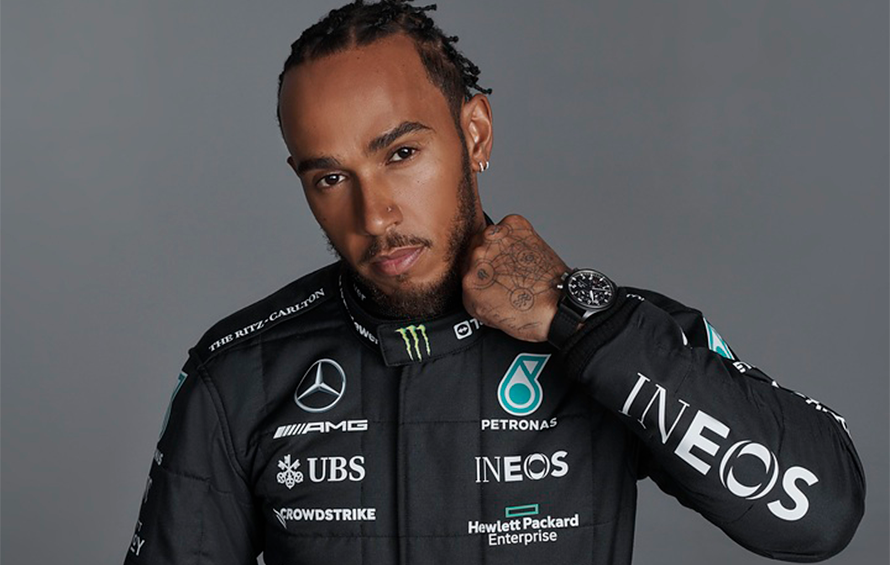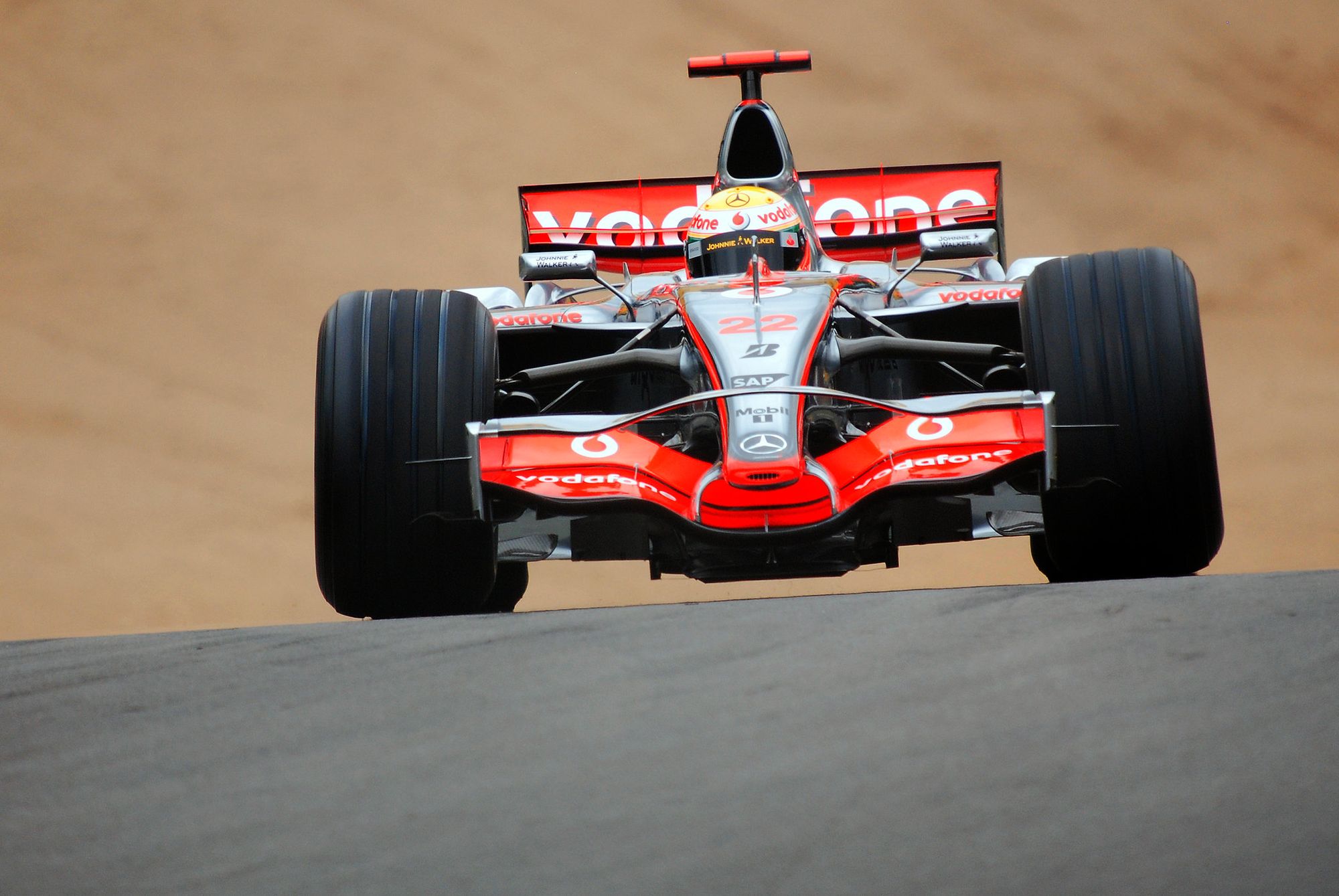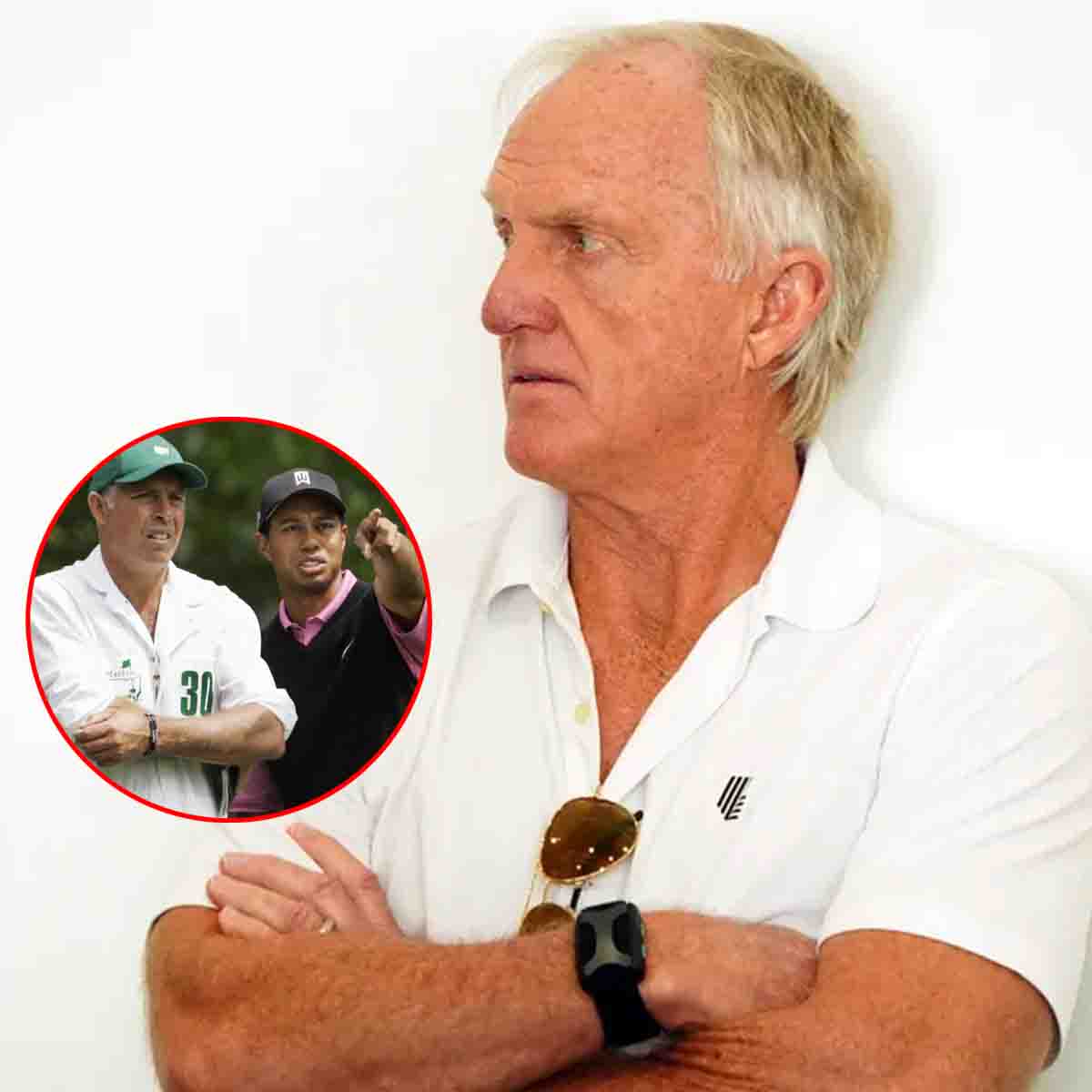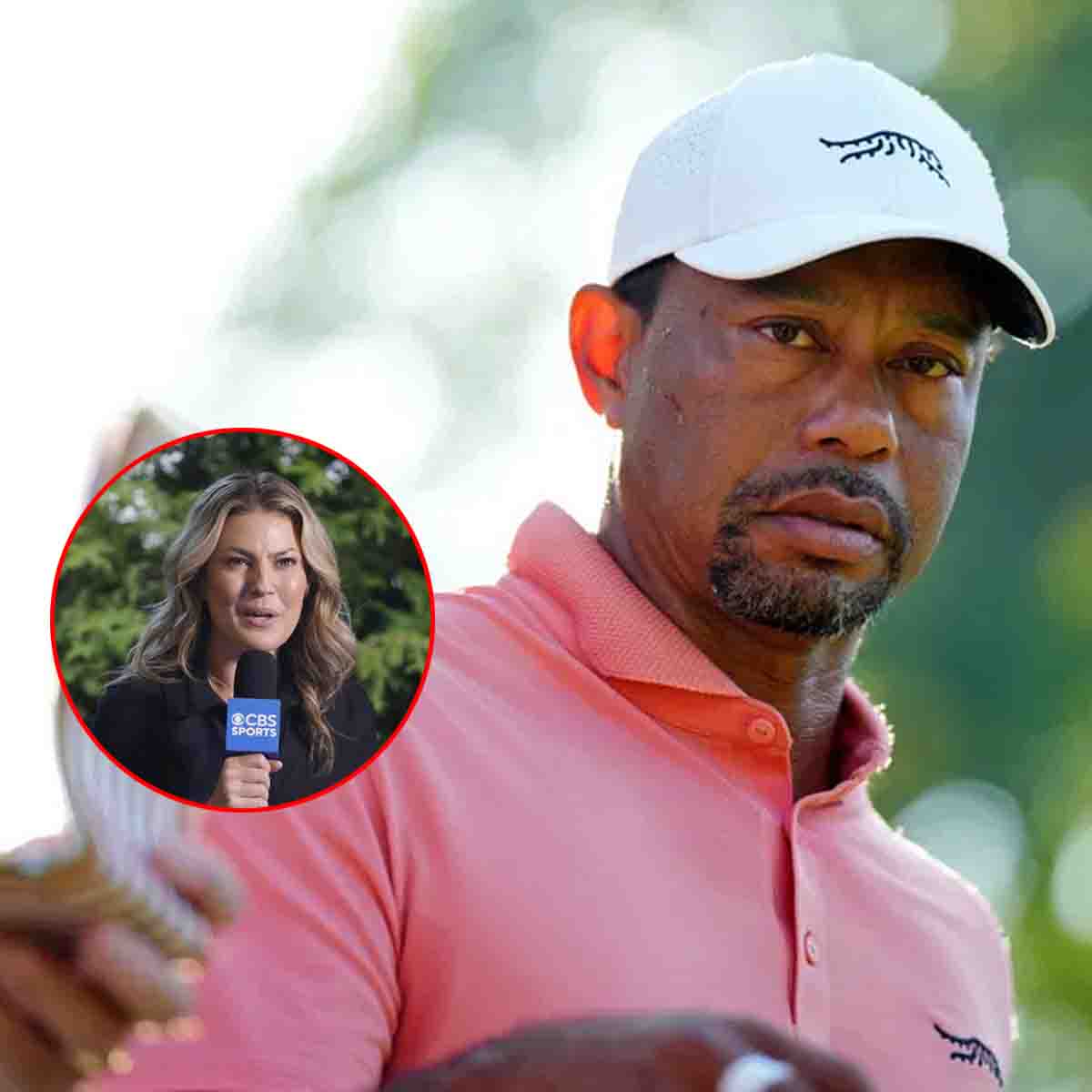Lewis Hamilton is not just a racing driver; he is a global icon who has transcended the boundaries of motorsport.

I. Introduction
Lewis Hamilton is not just a racing driver; he is a global icon who has transcended the boundaries of motorsport. Beyond his numerous Formula 1 titles, Hamilton is a symbol of equality, diversity, and social justice. His story is not just about winning races but also about breaking barriers and advocating for change. Hamilton’s career is marked by a passionate commitment to fighting racial inequality and promoting inclusivity in motorsport. His rise from humble beginnings to the pinnacle of Formula 1 is inspiring, but what truly sets him apart is his unwavering dedication to making the world a better place.
In this article, we delve into the multifaceted journey of Lewis Hamilton. We explore his early life and racing beginnings, where his talent and determination first came to light. We follow his path through Formula 1, highlighting his groundbreaking achievements and the significance of being the first Black driver in the sport. But Lewis Hamilton’s story goes beyond the track. His activism, particularly in the realms of racial equality and environmental sustainability, has earned him a unique place in the world of sports and beyond. We’ll delve into his initiatives, his advocacy, and the impact he has had on the way we perceive both motorsport and societal change.
II. Early Life and Racing Beginnings
Lewis Hamilton’s journey to becoming a Formula 1 legend began in humble surroundings in Stevenage, Hertfordshire, England. Born on January 7, 1985, to a mixed-race family, Hamilton’s background was not typical for a sport where diversity was scarce. From a young age, Hamilton displayed an affinity for speed and competition. Growing up in a council estate, he watched Formula 1 races with his father, Anthony, and developed a passion for racing. His family’s limited financial resources could have been a barrier, but his father worked multiple jobs to support his son’s budding racing career.
Hamilton’s path to motorsport excellence started with karting, where he quickly stood out as a prodigious talent. In karting, he honed his racing skills, showcasing remarkable speed and a relentless competitive spirit. By the age of ten, he was already a British Karting Champion. His remarkable karting success catapulted him into the world of single-seater racing. He progressed through the junior racing categories, making a name for himself in Formula Renault and Formula 3. His performances garnered attention from McLaren, one of Formula 1’s top teams, which signed him to their young driver program.
Even in his early years, Lewis Hamilton displayed an unwavering determination to succeed in a predominantly white-dominated sport. His resilience, talent, and the unyielding support of his family laid the foundation for what would become one of the most remarkable careers in Formula 1 history. In the following sections, we will explore how Hamilton’s extraordinary journey continued as he transitioned to Formula 1 and made a lasting impact on the sport and society.
III. Breaking Barriers in Formula 1
A. Hamilton’s entry into Formula 1 with McLaren
Lewis Hamilton’s arrival in Formula 1 marked the beginning of a new era for the sport. In 2007, he made his Formula 1 debut with McLaren, one of the most prestigious teams in the sport. This was a significant achievement in itself, as McLaren was known for its high standards and rigorous driver selection process.

From the very start, Hamilton showcased his immense talent and maturity on the track. In his very first race in Melbourne, Australia, he finished third, making an immediate statement to the racing world. What followed was a remarkable season where he consistently challenged the established order of Formula 1, going wheel to wheel with the likes of Fernando Alonso and Kimi Räikkönen.
B. Notable performances and breakthrough moments
Hamilton’s maiden season was filled with standout performances. He clinched his first pole position and race win at the Canadian Grand Prix, becoming the youngest driver to do so at the time. His relentless pursuit of victory and consistency on the track meant he was a title contender in his rookie season. Ultimately, he finished third in the championship, narrowly missing out on the title.

Over the next few seasons, Hamilton continued to impress. In 2008, he secured his first Formula 1 World Championship in dramatic fashion, winning the title in the final race of the season. It was a historic achievement, making him the youngest champion at the time. This marked the beginning of his reign as one of Formula 1’s dominant forces.
C. Becoming the first Black driver in Formula 1 and its impact
Lewis Hamilton’s entry into Formula 1 was not just significant because of his driving talent but also because of his heritage. He became the first Black driver in the history of the sport, breaking down long-standing racial barriers.
Hamilton’s success and prominence in Formula 1 quickly made him a global icon. He used his platform to speak out against racial inequality and injustice, particularly during the rise of the Black Lives Matter movement. In 2020, following the killing of George Floyd, Hamilton used his influence to push for greater diversity and inclusion in Formula 1, including the “We Race As One” initiative to combat inequality and promote diversity within the sport.
His actions had a profound impact, prompting discussions and changes not only within Formula 1 but also in motorsport and society as a whole. His commitment to equality and social justice made him a symbol of change, transcending the boundaries of sport. In the following sections, we will delve deeper into Hamilton’s Formula 1 career, his record-breaking achievements, and his tireless efforts to drive positive change, both within the sport and in the wider world.
IV. Driving for Mercedes: A Legacy in the Making
In 2013, Lewis Hamilton made a career-defining move by joining the Mercedes-AMG Petronas Formula One Team. This switch from McLaren to Mercedes was met with both anticipation and skepticism, as Mercedes had not been a dominant force in Formula 1 at the time. However, Hamilton believed in the long-term vision of the team and its commitment to success.
His partnership with Mercedes, particularly with the team’s technical wizard, Ross Brawn, proved to be a game-changer. Hamilton’s first season with Mercedes showcased his exceptional talent, and he claimed his first victory for the team in Hungary. Although he finished fourth in the championship that year, it was a promising sign of things to come. From 2014 onwards, Hamilton embarked on a historic championship streak that would firmly establish him as one of the greatest drivers in Formula 1 history. The dawn of the hybrid era, marked by the introduction of V6 turbo hybrid power units, played to Mercedes’ strengths. Hamilton, along with teammate Nico Rosberg, enjoyed a dominant period of success. In 2014, Hamilton clinched his second Formula 1 World Championship, becoming the first British driver to win multiple titles since Jackie Stewart. He secured the championship with 11 race victories and displayed a remarkable level of consistency throughout the season.
The subsequent years saw Hamilton’s star shine even brighter. He secured consecutive championships in 2016, 2017 and 2018, battling competitors like Sebastian Vettel. His sheer speed, racecraft, and ability to adapt to different race scenarios made him nearly unbeatable. But it was during the 2019 and 2020 seasons that Hamilton’s Mercedes partnership reached its zenith. He secured his sixth and seventh world titles, equaling the legendary Michael Schumacher’s record. The 2020 season was especially significant, as Hamilton surpassed Schumacher’s record of 91 Grand Prix wins, a feat once thought unattainable.
Hamilton’s tenure with Mercedes saw him shatter numerous other records and milestones. He became the driver with the most pole positions in Formula 1 history, surpassing the iconic Ayrton Senna. His consistency and excellence on the track led to records for the most wins at different circuits and the most consecutive points finishes. Throughout his time with Mercedes, Lewis Hamilton’s journey in Formula 1 evolved into a remarkable story of sustained excellence, breaking records, and using his voice to promote social causes. His career with the Mercedes-AMG Petronas Formula One Team not only solidified his status as a sporting legend but also as a global icon and a symbol of driving for change, both on and off the racetrack.
V. Rivalries
Lewis Hamilton, one of Formula 1’s most successful and iconic drivers, has had several notable rivalries throughout his career. These rivalries have not only added drama to the sport but have also pushed Hamilton to elevate his performance. Here are some of his key rivalries:
1. Fernando Alonso: Hamilton’s debut season in Formula 1 with McLaren saw him partnered with the two-time world champion, Fernando Alonso. The intra-team rivalry was intense, with both drivers vying for supremacy. Alonso’s experience and Hamilton’s raw talent led to a contentious relationship within the team, ultimately contributing to McLaren’s loss in the constructors’ championship.
2. Felipe Massa: The 2008 season culminated in a dramatic championship showdown between Hamilton and Felipe Massa of Ferrari. Hamilton secured the title in the final laps of the final race, amid pouring rain, making it one of the most memorable moments in Formula 1 history.
3. Sebastian Vettel: Hamilton’s rivalry with Sebastian Vettel, particularly during Vettel’s dominant years at Red Bull Racing, defined much of the early 2010s in Formula 1. Vettel’s Red Bull team was a formidable force, and Hamilton’s battles with him were a highlight of each season. Vettel continued to be Hamilton’s main rival also during his Ferrari years.
4. Nico Rosberg: Perhaps the most intense rivalry of Hamilton’s career was with his Mercedes teammate, Nico Rosberg. They both had competitive machinery, and their rivalry culminated in a controversial clash at the 2016 Spanish Grand Prix. Rosberg won the championship that year, but the rivalry pushed both drivers to their limits.
5. Valtteri Bottas: Bottas joined Mercedes in 2017 as a replacement for Nico Rosberg, who had retired after winning the 2016 World Championship. Until 2021, he has been Lewis Hamilton’s teammate at Mercedes. The rivalry between Hamilton and Bottas has pushed both drivers to perform at their best. Bottas has challenged Hamilton on numerous occasions, resulting in some exciting and closely fought races.
6. Max Verstappen: Hamilton’s rivalry with Red Bull Racing’s Max Verstappen has been a defining feature of the sport in recent years. Their on-track battles have been intense, with Verstappen challenging Hamilton’s supremacy. This rivalry has kept fans on the edge of their seats and added excitement to the sport.
These rivalries have not only showcased Hamilton’s exceptional driving skills but have also highlighted his ability to adapt and compete against different styles and generations of Formula 1 talent. While some rivalries have been characterized by intense competition, others have also involved elements of sportsmanship and mutual respect, emphasizing the multifaceted nature of Formula 1 rivalries.
VI. Beyond the Track: Activism and Advocacy
A. Promoting Diversity and Inclusion in Motorsport
One of Hamilton’s most significant contributions to the world of motorsport has been his relentless pursuit of diversity and inclusion. In a sport traditionally dominated by white, male participants, Hamilton’s journey as the first Black driver in Formula 1 has broken barriers and opened doors for aspiring drivers from underrepresented backgrounds. He has consistently spoken out against racial inequality, drawing attention to the lack of diversity within the sport and urging meaningful change. Hamilton didn’t stop at words; he took action. In 2020, he launched the “Hamilton Commission,” a research organization focused on increasing diversity in British motorsport. The commission aims to identify and address the root causes of the lack of diversity and develop practical solutions to make motorsport more inclusive.
B. Environmental Activism and Sustainability
Beyond social issues, Hamilton has used his platform to advocate for environmental sustainability. He is deeply committed to addressing climate change and has made personal changes in his life to reduce his carbon footprint, including adopting a plant-based diet and minimizing his use of single-use plastics. In 2020, Hamilton launched “X44,” his own Extreme E racing team dedicated to promoting sustainability and raising awareness about environmental challenges. Extreme E is an off-road electric SUV racing series that competes in remote locations around the world impacted by climate change. Hamilton’s involvement in this series demonstrates his dedication to marrying his passion for racing with a commitment to a sustainable future.
C. Philanthropic Initiatives and Community Engagement
Hamilton’s activism extends to philanthropic efforts and community engagement. He has donated generously to various causes, including education, underprivileged youth, and animal welfare. His advocacy for animal rights led to the launch of a plant-based burger chain called “Neat Burger.” Additionally, Hamilton’s engagement with fans and communities worldwide is noteworthy. He actively connects with fans on social media, sharing his personal journey, passions, and causes. He frequently meets with young fans, offering them encouragement and mentorship, particularly those from underprivileged backgrounds.
D. Impact and Recognition
Lewis Hamilton’s activism and advocacy efforts have not gone unnoticed. He has received numerous accolades and awards for his contributions beyond racing. In 2020, he was knighted in the United Kingdom for his services to motorsport and contributions to diversity. His influence extends far beyond the racetrack, as he continues to inspire fans, athletes, and individuals worldwide to use their voices and resources to make a positive impact on the world.
E. Fashion and Lifestyle
Lewis Hamilton has made a name for himself in the fashion world. He has collaborated with renowned fashion brands like Tommy Hilfiger, launching the TommyXLewis collection. This partnership not only showcases his fashion sense but also promotes sustainability in the industry. Hamilton has pursued music as a passion. He’s released music tracks and has expressed his interest in working in the music industry in the future. He even released a music video for his song “Pipe” in 2018.
VII. Conclusion
Lewis Hamilton’s journey in Formula 1 is a testament to the power of talent, determination, and a commitment to positive change. From his early days on the karting tracks to becoming a record-breaking champion, his career has been a story of relentless pursuit and unwavering belief in his abilities. Hamilton’s path in motorsport was marked by extraordinary achievements, setting new standards for excellence in racing.
Beyond the racetrack, Lewis Hamilton’s legacy is defined by his advocacy and activism. He has used his position as a global sports icon to champion important causes, from promoting diversity and equality to advocating for environmental sustainability. His impact reaches far beyond the confines of Formula 1, as he continues to inspire change and encourage others to use their voices for good.
Lewis Hamilton will forever be remembered as one of Formula 1’s greatest drivers, a record-breaker, and a pioneer. His legacy is etched not only in the record books but in the hearts of fans worldwide. He leaves a lasting imprint on the sport, reshaping its landscape, and setting a precedent for the next generation of drivers.





